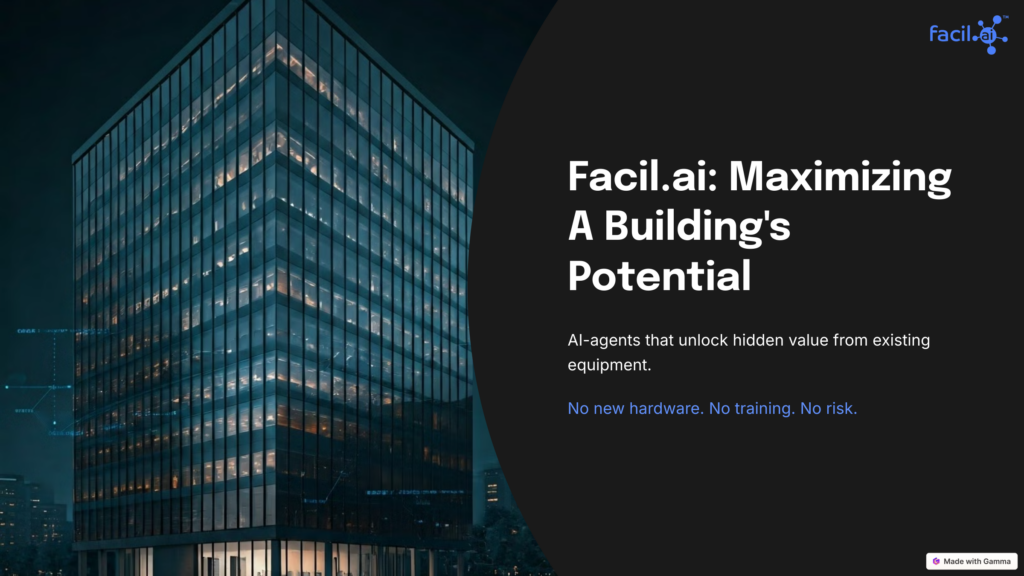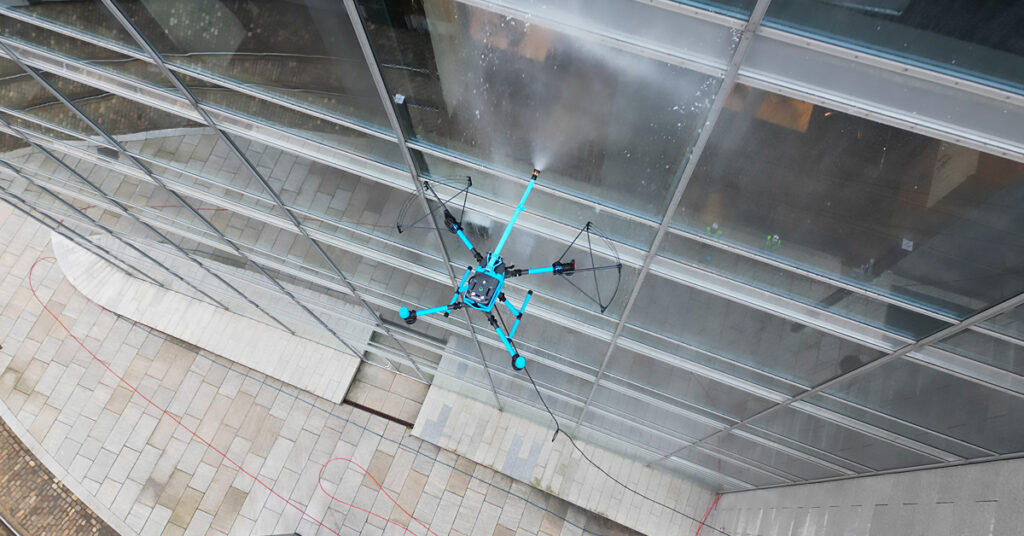
Happy Holidays!
From our AutomatedBuildings Family to yours, have a great Holiday season
Home » sustainability » Page 2

From our AutomatedBuildings Family to yours, have a great Holiday season

Squeeze More Performance Out of Equipment You Already Have Using AI-agents Last week we introduced the Automated Buildings partnership with facil.aiWhat can facil.ai do for

What is facil.ai? Facil.ai is a collection of AI-agents trained for building performance optimization (specifically central plant chillers, portfolio rooftop units, refrigeration systems, and air-handler

Remember when Flight Simulator was THE benchmark for PC performance? We need that defining moment for open software in smart buildings! Why? Because open software unlocks HUGE potential for building owners and operators:

The journey towards “software-eating buildings” is paved with the bricks of openness. By embracing open standards, protocols, data, and development practices, the building automation industry can unlock new levels of innovation and value for building owners.

The phrase “integrating interoperable systems” might seem contradictory at first glance. After all, if systems are truly interoperable, shouldn’t they seamlessly work together within an SoS without requiring additional integration? While this logic holds, the reality is more complex.

With urbanization driving the development of dense downtown cores, building maintenance has become increasingly challenging. Among the most demanding tasks is keeping high-rise windows and

Open source is no longer a niche concept. It’s a powerful driver of innovation across all industries. By embracing open collaboration, companies can overcome challenges, reduce costs, and unlock new opportunities for growth. As the Linux Foundation continues to expand its support for open-source communities, we can expect to see even more transformative changes in the years to come. One of the most exciting aspects of this open-source revolution is the cross-pollination of ideas and best practices across different industries. For example, the energy sector is learning from the successes of the telecom industry in adopting open source for grid modernization and the integration of renewable energy sources.

The conversation surrounding TCO is gaining traction as the industry recognizes the need for a more strategic and data-driven approach to asset management. The concept of buildings as assets is becoming deeply intertwined with TCO, driving the industry towards greater efficiency, sustainability, and value creation. As technologies evolve and data becomes more accessible, the future of TCO looks bright.

This Monday Live session emphasized the importance of viewing buildings as assets and the need for a cultural shift toward better asset management practices. By connecting the dots between various stakeholders and technologies, the industry can play a pivotal role in improving the overall efficiency and effectiveness of buildings.

From our AutomatedBuildings Family to yours, have a great Holiday season

Squeeze More Performance Out of Equipment You Already Have Using AI-agents Last week we introduced the Automated Buildings partnership with facil.aiWhat can facil.ai do for

What is facil.ai? Facil.ai is a collection of AI-agents trained for building performance optimization (specifically central plant chillers, portfolio rooftop units, refrigeration systems, and air-handler

Remember when Flight Simulator was THE benchmark for PC performance? We need that defining moment for open software in smart buildings! Why? Because open software unlocks HUGE potential for building owners and operators:

The journey towards “software-eating buildings” is paved with the bricks of openness. By embracing open standards, protocols, data, and development practices, the building automation industry can unlock new levels of innovation and value for building owners.

The phrase “integrating interoperable systems” might seem contradictory at first glance. After all, if systems are truly interoperable, shouldn’t they seamlessly work together within an SoS without requiring additional integration? While this logic holds, the reality is more complex.

With urbanization driving the development of dense downtown cores, building maintenance has become increasingly challenging. Among the most demanding tasks is keeping high-rise windows and

Open source is no longer a niche concept. It’s a powerful driver of innovation across all industries. By embracing open collaboration, companies can overcome challenges, reduce costs, and unlock new opportunities for growth. As the Linux Foundation continues to expand its support for open-source communities, we can expect to see even more transformative changes in the years to come. One of the most exciting aspects of this open-source revolution is the cross-pollination of ideas and best practices across different industries. For example, the energy sector is learning from the successes of the telecom industry in adopting open source for grid modernization and the integration of renewable energy sources.

The conversation surrounding TCO is gaining traction as the industry recognizes the need for a more strategic and data-driven approach to asset management. The concept of buildings as assets is becoming deeply intertwined with TCO, driving the industry towards greater efficiency, sustainability, and value creation. As technologies evolve and data becomes more accessible, the future of TCO looks bright.

This Monday Live session emphasized the importance of viewing buildings as assets and the need for a cultural shift toward better asset management practices. By connecting the dots between various stakeholders and technologies, the industry can play a pivotal role in improving the overall efficiency and effectiveness of buildings.
Our LinkedIn group has more than 4,000 members + 21,880 LinkedIn connections
Email sponsors@automatedbuildings.com